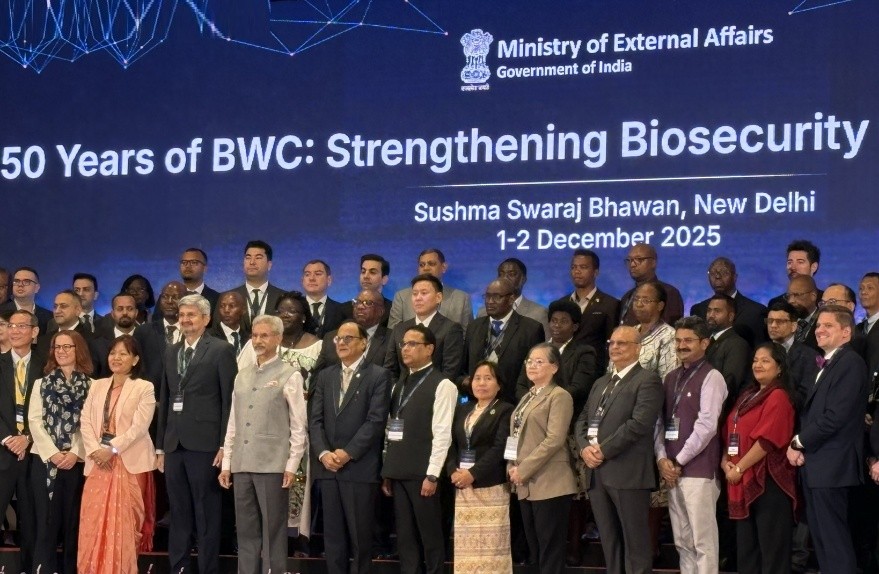Font size:
Print
Retreat of Glaciers and Mitigation of Climate Change
Context:
The retreat of glaciers is one of the most visible indicators of climate change, but according to a global study titled “The Development of Terrestrial Ecosystems Emerging After Glacier Retreat,” it may also lead to the creation of new ecosystems that could play a role in mitigating climate change.
More on News
- While deglaciation may exacerbate climate change by decreasing surface reflectivity and releasing stored carbon, the ecosystems that emerge after glaciers retreat could help slow it down.
- The result of a decade-long investigation into how ecosystems form in areas where glaciers have receded.
- Their findings demonstrate how these ecosystems develop and indicate that proper management could enhance biogeochemical processes, aiding in climate change mitigation.
- As glaciers melt, they expose previously covered land, which becomes available for colonisation by various organisms. This process initiates a series of ecological transformations that can enhance carbon capture and support biodiversity.
Mechanisms of Ecosystem Development
- Initial Colonisation: The first organisms to inhabit these barren landscapes are microorganisms such as bacteria, algae, and protists.
- These microorganisms are crucial as they help in soil formation by breaking down minerals and organic matter, making nutrients available for subsequent species.
- Pioneer Species: Following the microorganisms, hardy plants like lichens, mosses, and grasses begin to colonise the area within a decade.
- These plants contribute to soil enrichment, creating conditions favourable for more complex plant life to establish.
- Biodiversity Increase: Over time, as soil quality improves, larger plants and eventually animals can inhabit these areas.
- This progression leads to the development of diverse ecosystems, which can include various species adapted to the new conditions created by glacier retreat.
Role in Climate Change Mitigation
- Emerging post-glacial ecosystems have the potential to act as significant carbon sinks.
- The biomass produced by these new plant communities can capture and store carbon dioxide from the atmosphere, thereby helping to mitigate climate change.
- A recent study indicated that with proper management, these ecosystems could grow rapidly and enhance biogeochemical processes, further contributing to carbon sequestration.
- Moreover, these ecosystems can provide refuge for cold-adapted species that are displaced due to rising temperatures, thus supporting biodiversity in a changing climate.
- The study also highlighted the importance of protecting these newly formed ecosystems to ensure their functioning and benefits are preserved.


